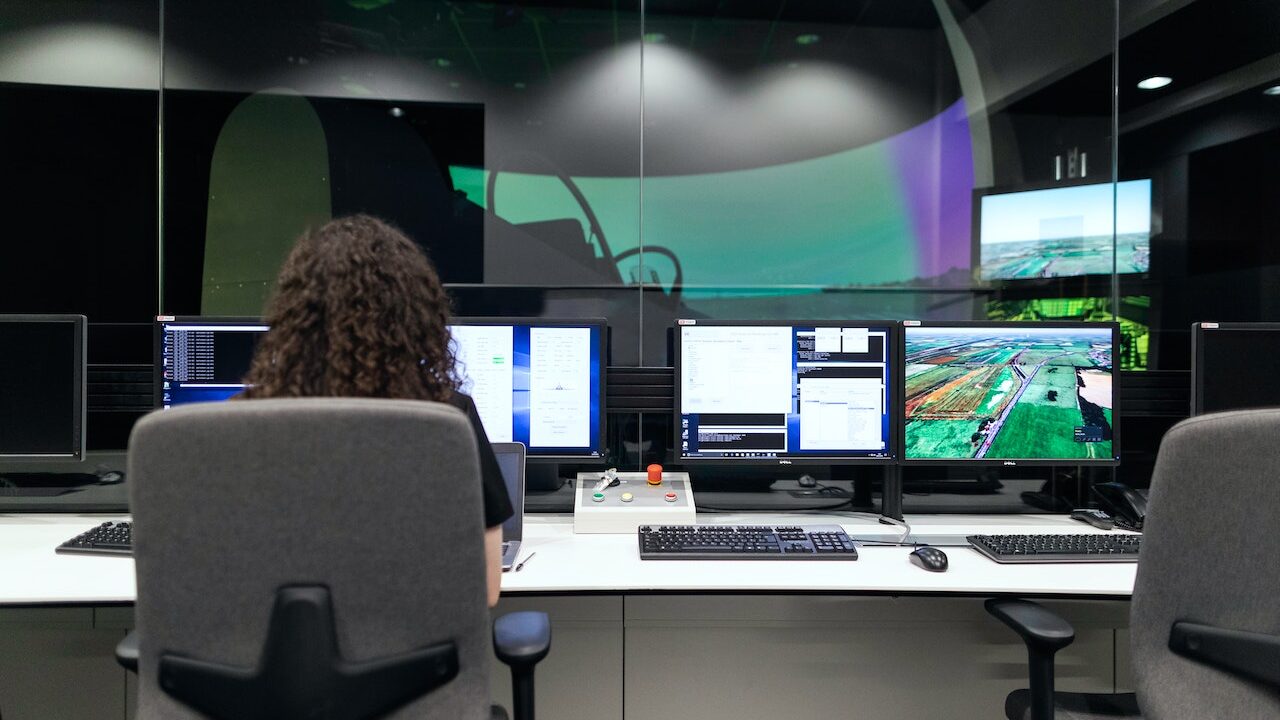
Software testing is the process of evaluating a software application or system to detect potential bugs, defects, or errors before it is released to the end-users. The primary goal of software testing is to ensure that the software meets the specified requirements and works as expected.
There are different types of software testing, including functional testing, performance testing, security testing, usability testing, and acceptance testing. Functional testing verifies that the software behaves according to its functional requirements, while performance testing tests the system’s performance under different load conditions. Security testing is done to ensure that the software is secure and cannot be easily hacked or compromised. Usability testing tests the software’s ease of use, while acceptance testing confirms that the software meets the requirements of the end-users.
Software testing is a critical component of the software development life cycle (SDLC). It helps to improve the quality of the software, reduce the cost of defects, and increase customer satisfaction.
History Of Software Testing
Since the beginning of computing, software testing has been a crucial aspect of the software development process. Software testing has only recently been formalized as a separate and independent procedure inside the software development lifecycle (SDLC).
Software testing in the 1940s and 1950s mainly consisted of manual code inspection and debugging. In order to speed up the testing process as software grew more complicated, automated testing technologies were created. The idea of software quality assurance (SQA), which was introduced in the 1960s, increased the emphasis on testing and quality control throughout the entire SDLC.
Formal testing approaches, like structured testing and black-box testing, started to appear in the 1970s and 1980s. Object-oriented testing approaches were created as a result of the advent of object-oriented programming in the 1990s.
As Agile and DevOps approaches gained popularity in the 2000s, software testing became an even more important component of the SDLC. Testing was no longer seen to be a distinct stage of development but rather an ongoing procedure integrated into the entire SDLC.
Software testing is still changing today as new technologies and development techniques are developed. Testing has become more automated and integrated with the development process as the emphasis has switched from finding flaws to avoiding them altogether.
Types of software testing
There are several types of software testing that are used to evaluate the quality and functionality of a software application. Some of the most common types of software testing are:
Functional Testing: This type of testing verifies that the software application is working as expected, in accordance with the functional requirements specified for it. Functional testing checks whether the application meets the business requirements and performs the intended functions.
Performance Testing: Performance testing checks how well the software application performs under different load conditions. It measures the application’s speed, scalability, stability, and resource usage, to ensure that it can handle large volumes of data and users without crashing or slowing down.
Security Testing: This type of testing checks the software application’s security and verifies that it is protected against potential vulnerabilities and cyber-attacks. Security testing includes vulnerability scanning, penetration testing, and ethical hacking to find and fix potential security issues.
Usability Testing: Usability testing checks whether the software application is user-friendly and easy to use. It evaluates the user interface, navigation, and overall user experience of the application.
Acceptance Testing: Acceptance testing is conducted to verify that the software application meets the end-users’ requirements and specifications. This type of testing is typically performed by the end-users or customer to ensure that the software application satisfies their business requirements.
Regression Testing: Regression testing is used to verify that changes made to the software application have not introduced new defects or caused existing ones to reoccur. It ensures that the software application remains stable and functional after any modifications or updates.
Compatibility Testing: Compatibility testing checks whether the software application works as expected across different devices, operating systems, browsers, and hardware configurations. It ensures that the application is compatible with the various environments in which it will be used.
Final Words
Software testing is an essential part of the software development life cycle that helps ensure the quality and functionality of software applications. By testing software thoroughly before release, potential defects and errors can be identified and corrected, improving the reliability, usability, and security of the application.
There are different types of software testing that can be used to evaluate the software application, each with its specific focus and goals. It is important to choose the appropriate type of testing based on the needs of the project and the application being tested.
In today’s fast-paced and constantly evolving technology landscape, software testing has become an integral part of the development process. It helps to improve the software application’s quality, reduce the cost of defects, and increase customer satisfaction. Therefore, software testing is a crucial investment that can save a lot of time and money in the long run.








